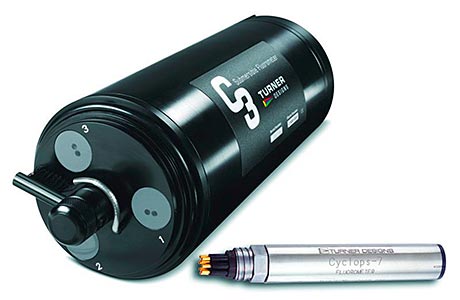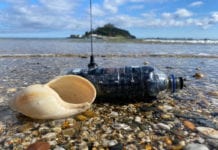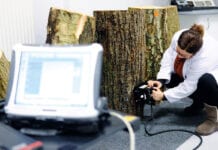
FLUOROMETRY specialist Turner Designs has developed a chlorophyll sensor that uses a red excitation light source to detect algal fluorescence for estimating algal abundance.
This sensor is ideal for environments rich in DOM and blue-green algae. Because DOM doesn’t absorb red excitation energy, but algae do, red excitation fluorimetry provides fluorescence detection free from interference errors caused by DOM. Studies done with both blue and red excitation chlorophyll sensors showed at least a 16% overestimation of the actual chlorophyll concentration when using the blue excitation sensor and not applying a correction whereas the red excitation sensor needed no correction. Another advantage of red excitation for chlorophyll is that it is significantly more sensitive to prokaryotic algae so it can detect much lower concentrations of blue-green algae or cyanobacteria. This new red excitation chlorophyll sensor is available as a single sensor in Turner’s Cyclops-7 Submersible Sensor family or as 1 of 3 sensors on its C3 Submersible Fluorometer.
Kits are available for detecting: in vivo chlorophyll (blue or red excitation), crude oil, refined fuels, CDOM/FDOM (dissolved organic material), blue/green algae, fluorescein dye, rhodamine dye, PTSA dye, optical brighteners, tryptophan, and turbidity.







